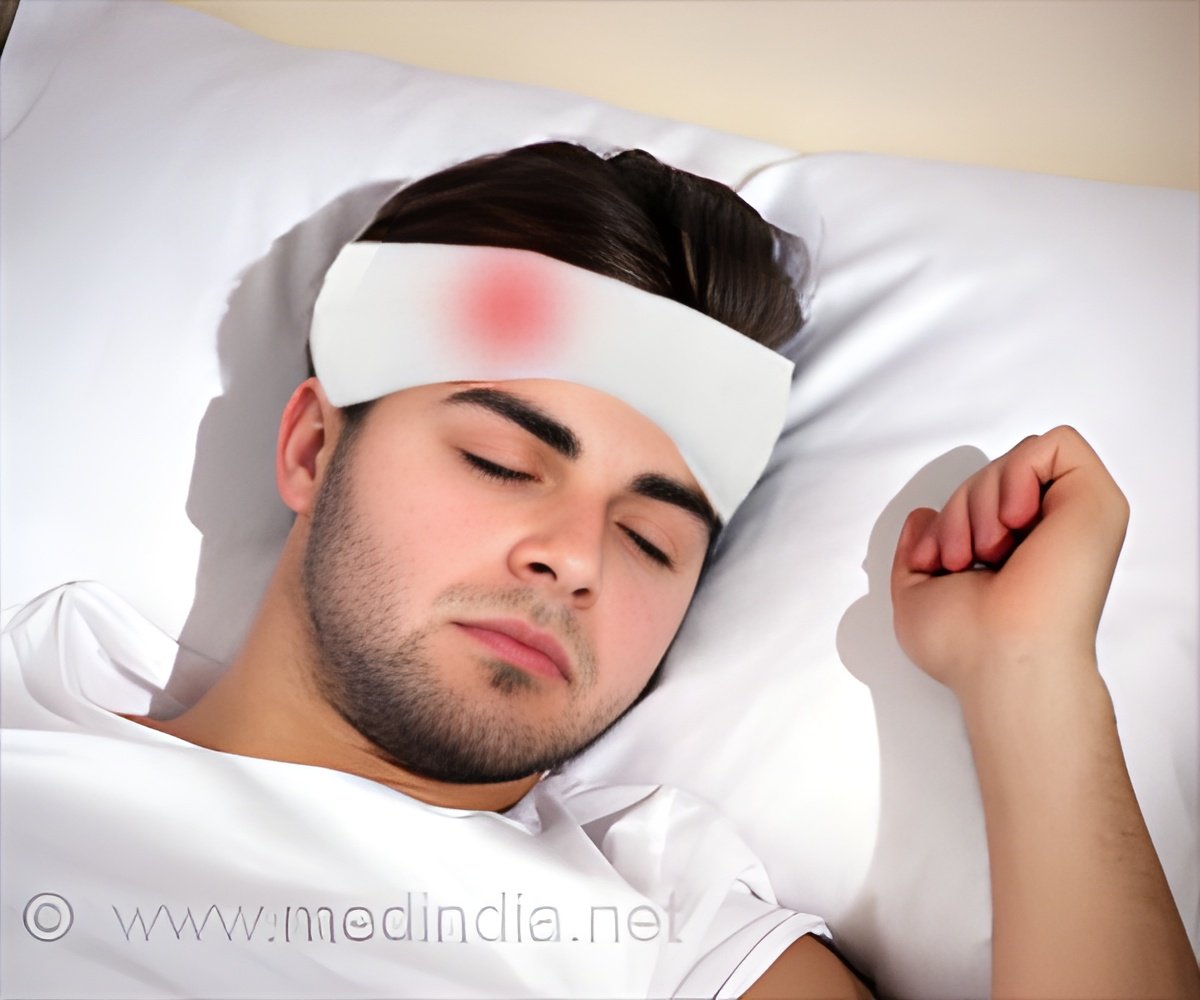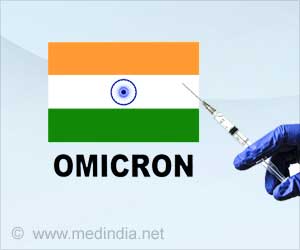To investigate relationships between the identified bacteria and gum disease, researchers developed a new method to diagnose periodontal disease in ancient skeletons.
Study first author Takahiko Shiba explains, “Previously, teeth would need to be extracted from the jawbone to determine the root length and quantify bone loss as an indicator of gum disease. However, with advancements in micro-computed tomography technology, we were able to accurately quantify bone loss without removing teeth from the skeletons”.
Unexpectedly, researchers detected gum disease in 5 of the 12 Edo-era skeletons (42%), thus the prevalence of gum disease among individuals in the Edo era appears to have been similar to that in the modern era; 37.3% of Japanese people in their forties were found to suffer from gum disease in 2005.
The Edo era of Japan is noted for its strict isolationist foreign policy, with very little interaction between Japanese people and foreigners. This policy appeared to be reflected in the oral microbiomes we studied, which were distinct from modern and ancient Western counterparts.
This shows that the study also sheds new light on the evolution of the oral microbiome and gum disease pathogenesis.
Source: Medindia



